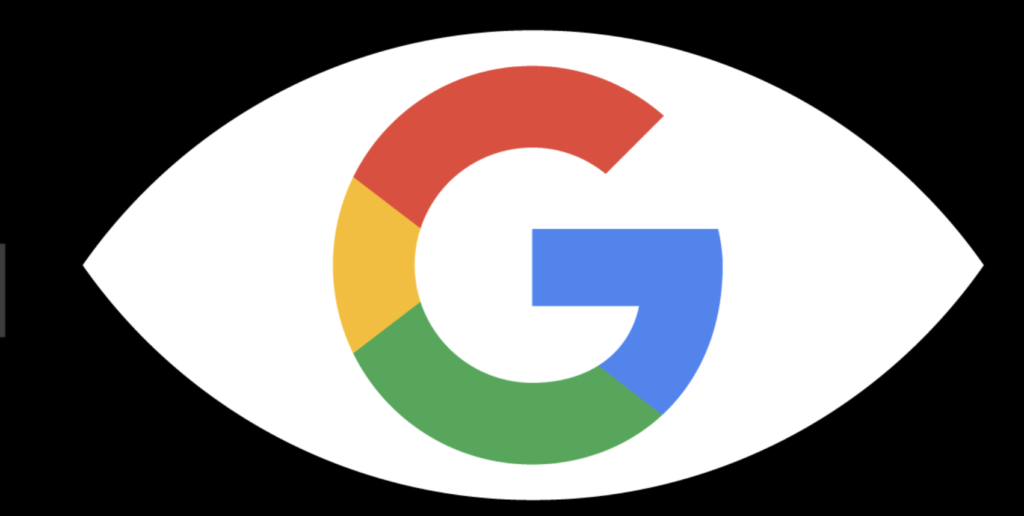Google and Word of Mouth
By Tanya Fraser July 14, 2011
Google’s newest foray into social networking is here, growing at record numbers and open for all with Google Accounts. So what does this mean for digital word of mouth? Here are some of our thoughts:
Google Plus forces users to evaluate and reexamine their relationships. Google Plus organizes your contacts into circles. Each new addition isn’t slapped with the moniker “friend” or “contact” or “follower.” When you add someone new, you assign them a circle. Suggested circles are provided, but you can change the names of each circle to fit your needs. But from the very beginning you must decide whether Josephina Schmoe is a friend or colleague—gourmand or sartorialist? One by one, I evaluate each addition and decide how he or she fits in my network. Each person can be assigned more than one circle; and here’s the twist, Google Plus gives users the ability to customize your content’s audience. Facebook relies on Groups for this kind of curated content and Twitter lets you organize by lists, but it’s worked into Google Plus’s very core. This means that you can share the snarky comment about wearing socks with sandals with your fashionable friends, selectively leaving Aunt Greta and the IT department in the dark quickly and easily.
Here’s what we know about influencers: Those with influencer personalities have much more reach than the average individual. But that doesn’t mean that their influence necessarily extends to multiple categories. An influencer about tech trends, likes to try new gadgets because they’re new, shares tech insights with her friends and is intrinsically motivated in one area but likely relies on someone else for dining recommendations. Stories are shared because they contain interesting information, they are authentic to how we perceive both the author and the subject and the information being shared is relevant to the listener’s life.
Enter Google Plus. This platform enables the user to disseminate information based on this criteria as well as easily filter incoming information. Facebook relies on a mysterious algorithm based on profile views, networks, comments, likes and a bit of magic to determine the information that is streamed to our newsfeeds daily. With Google Plus you have the power to choose to be bombarded by everything your circles are publishing or filter based on what you’re in the mood for. Some of my favorite circles include “Creative Types” (when I’m looking for artistic inspiration), “The Laugh Track” (those of my network that are always good for a chuckle) and “Homies” (for the friends I’d help move apartments or pick up from the airport).
At Fizz, we’re huge fans of social networking tools that most closely mimic real conversation. When it comes to conversation, Google Plus borrows heavily from Facebook but adds quite a bit by making selective sharing easy.
What we’re waiting for:
A business solution. Google Plus for business is imminent and we’re looking forward to seeing whether Google will successfully leverage user relationships to be a boon for business or whether they’ll be slapped with accusations of privacy breaches and money-hungry intrusiveness. We predict Google Plus’s “Sparks” being an emerging tool for brands and marketers.
From Google:
“Tell Sparks what you’re into and it will send you stuff it thinks you’ll like, so when you’re free, there’s always something cool to watch, read, or share.”
An app for iPhone and Blackberry. Android’s got one its users are raving about, but right now iPhone users have to rely on the mobile site (which isn’t half bad) through the Safari browser. I know I would be much more likely to. As it stands most of my Google Plus activity happens after I check my mail from my laptop or desktop at the office.
Better integration with platforms we’ve already invested in. Google Plus seems as though it doesn’t want to acknowledge that most of us are already using Facebook and Twitter. Sharers are sharers and many in my networks are looking for streamlined pipes to get their content on all walls at once. I’m ambivalent about this right now. By and large we use LinkedIn to share career information, Facebook to show our acquaintances how cool and interesting we are and Twitter to broadcast the day’s minutiae 140 characters at a time. Each tool is useful for building and maintaining relationships of different kinds. What are we sharing on Google Plus and how does it compare with the content we’re sharing on other platforms? Time will tell. It’s interesting to see my networks mull over this, experimenting with different kinds of content and modifying based on feedback from their circles. This way users are forced to tailor their posts to their audience. I think that’s a good thing.
More people. Google Plus has already eclipsed both its Orkut and nonstarter Buzz cousins. My circles are varied in demographic and interests but most still converge around tech and social media. It will be interesting to observe whether the masses really take to Google Plus or whether it will burn out quickly. Let’s face it, Facebook really got fun when you could sift through your high school crush’s pictures, comment on your hairdresser’s wall and stalk the CMO of “X” startup all on adjacent browser tabs. Even though it’s open to everyone, most of the users are the early adopters/tech savvy individuals of each of my social circles. Consequently Google Plus is feeling a lot like this:
We will be patiently waiting and circle-refining in the meantime.

